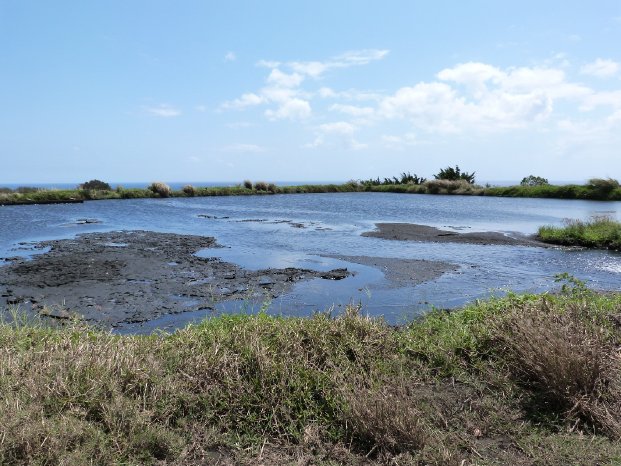In many states, it has become more profitable to use agricultural land and raw materials for production of biofuel than for food crops. Countries with strong population growth and food shortages are particularly affected by this. As such, biofuels are the subject of increasing criticism. Alongside competition for the best land, the environmental impact associated with the production of bioethanol is also playing a part here. The mixing together of the yeasts and acids required for fermentation of the sugary juice is the main reason for this pollution. The problems arise due to the residue from the manufacturing process – the so-called vinasse – which is harmful to the environment when left untreated. The issue is compounded even further by the sheer volume of this by-product. Around 7,000 litres of ethanol can be produced per hectare of sugar cane, but this also creates approximately 84,000 litres of vinasse. Although this by-product can be used as fertiliser, non-sustainable fertiliser and disposal strategies can cause the soil to be become too acidic. The greenhouse gases methane and nitrogen oxide, which are emitted during storage of the vinasse in so-called anaerobic lagoons, present a further issue.
Another way to dispose of the vinasse is to thicken it to around one third of its original volume, although this requires extremely expensive processing technology and a huge amount of energy. Once thickened, the vinasse then serves as a component in fertilisers or animal feed (DDGS). However, transporting the material to the corresponding manufacturers where it is subsequently processed is energy-intensive – making this a costly disposal concept.
Sustainable use of vinasse rather than costly disposal strategies
With Vin2Food (vinasse for high-grade animal feed and foodstuff production through zooplankton and microalgae), Weber Ultrasonics has developed an industrial process for sustainable and economically viable recycling of vinasse as a raw material. Both the organic and inorganic components of the by-product are used in this process. The objective of the ultrasound-based process is to reduce the social and ecological effects associated with increased energy crop farming. At the same time, it can make a valuable contribution to food security for the world's population by harmonising the goals of foodstuff production and energy production.
Flexible system concept
Vin2Food systems should ideally be established in close proximity to a bioethanol facility. Some of the energy required for the production process can be generated using photovoltaic modules.
The planktonic biomass production process comprises four steps:
When the raw vinasse is fed into the system, it is first insonificated using the VinPush 5000 ultrasonic system, which was specially developed by Weber Ultrasonics for this purpose. The system uses multi-frequency ultrasonic waves, which allow the organic components contained within the vinasse (e.g. yeasts) to be processed for feeding the zooplankton through physical-mechanical and sonochemical effects.
In the second step, the nutrient-packed liquid is then added to the algae production process, where the mineral salts it contains stimulate algae growth. At the same time, the CO2 emitted during bioethanol production is used for cultivation of the microalgae. This makes a contribution to carbon dioxide fixation.
Step three involves feeding the zooplankton with the microalgae that have been cultivated.
In the final step, the algae and zooplankton present in the zooplankton tank, i.e. the biomass, are then harvested.
Economically attractive recycling as fish food
The zooplankton extracted using the Vin2Food process can be used to produce fishmeal or even as live fish food in shrimp farming, thereby helping counteract the overfishing of the world's oceans. This is a task often expected of aquacultures, although very large quantities of nutrients are required to ensure the success of artificial fish breeding. On its own, processing of "fish waste" simply cannot provide the quantities required. When comparing the prices for one tonne of fishmeal with the prices for the same quantity of thickened vinasse, it quickly becomes clear that processing vinasse to create biomass not only makes sense from a sustainability and food perspective, it is also an economically attractive alternative.
www.vin2food.org
---
Thank you in advance for sending a specimen copy or publication link.
Contact for the editorial offices:
SCHULZ. PRESSE. TEXT., Doris Schulz, journalist (DJV)
Postfach 1270, 70808 Korntal, Germany,
phone +49 (0)711 854085
doris.schulz@pressetextschulz.de,
www.schulzpressetext.de


